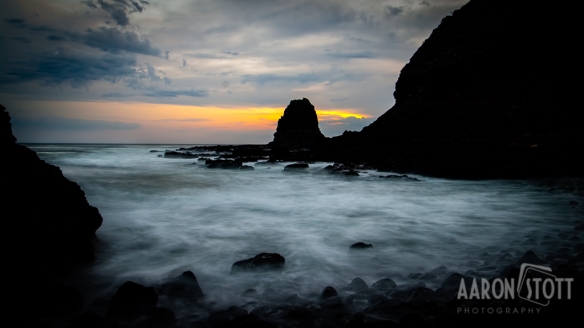The title of this post is probably a bit misleading; but it makes the post sound exciting! Yes there was a murder at Howitt Hut, but this post doesn’t really discuss it all that much, if you are after more information on the murders then Wikipedia is your best friend.
During a trip to the Alpine National Park at the end of 2012 I stopped off at Howitt Hut located on the edge of the Howitt High Plains. This particular hut has a rather gruesome past as it is connected to a double homicide that occurred in the high country in 1917 and 1918 and have become known as the Wonnangatta murders. The victims were John Bamford and Jim Barclay and it has long been thought that Bamford killed Barclay, however Barclay’s body was found under a pile of logs near the Howitt Plains hut and to this day the case remains unsolved.
A history of the hut can be found at the Kosciuszko Huts Association website. In brief, the hut was originally built on the site in 1889, it was rebuilt in the 1920s and then clad with corrugated iron in 1938. All that remains today of the original hut are the timber roof shingles that can only be seen from inside the hut.
The photograph below dates from approximately 1925 and is from the Museum of Victoria website.
Visiting the hut today it looks very little like it did in the past. In all honesty its not a very picturesque place to visit, it just looks for all the world like a tin shed in a paddock plus vandals have scrawled graffiti all over the inside to the point where there is no bare space on the walls remaining. Having said that, these points make it a challenge to photograph and come away with something interesting. Below are two photographs of the hut that I took in late December 2012.


A shot of the hut taken in November 2012. A bit over processed but the colours on this particular day seemed to be very bright, so I just went with it!
 The inclusion of a couple of additional elements into the scene such as the fence, the trunk of the large snow gum, or the conversion to a gritty black and white each helps add interest to what would otherwise be a rather drab scene.
The inclusion of a couple of additional elements into the scene such as the fence, the trunk of the large snow gum, or the conversion to a gritty black and white each helps add interest to what would otherwise be a rather drab scene.
Join the conversation on Facebook @ www.facebook.com/aaronstottphotography
 Pentax K7, Pentax DA* 16-50 mm, ISO 100, f/16, 1 min.
Pentax K7, Pentax DA* 16-50 mm, ISO 100, f/16, 1 min.



























